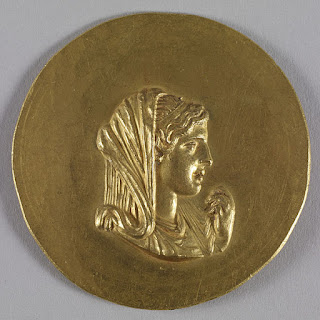Atenism is a
monotheistic religion [
characterized by the belief that there is only one God]. In ancient times, several gods represented diverse facets of nature such as the Sun and moon. The Hebrew people were rather unique because they idolised one god compared to other cultures around them had many gods.
An Egyptian pharaoh put a bold claim that there is only one god even if everyone got upset. That one god would be
Aten [also
Aton]. Religion was vital to the Egyptian life. Scholars and experts estimated there may have been over
one thousand gods in the ancient Egyptian pantheon [
all the gods of a people or religion collectively].
The chief god was
Re [also
Ra] who created everything along with all other gods based on the Egyptian belief.
Re, the ancient Egyptian deity of the sun,was often portrayed in art and on tombs as a sun disk, scarab beetle, or a man with a falcon's head.
Aton was believed to derive from the image of the sun disk of
Re. Since the sun crosses the sky every day,
the disk of the Sun was associated with the idea of
creation and
continued existence providing life and energy.
Worshipping
Aten was significant under
Akhenaten who lived during the
18th dynasty [also
the New Kingdom] and ruled between 1353 and 1336 BCE. His father was Amenophis III [a.k.a.
Amenhotep III meaning
"Amun is Satisfied" and also known
Amenhotep as the Magnificent] and his mother was
Queen Tiye.
 |
Amenhotep III seated with Queen Tiye
Photo credit: Education for Life Academy |
Akhenaten, who rejected the old gods and initiated a monotheistic worship of the sun-god
Aten, was originally known as
Amenophis IV [
Greek form of his name].
Amenophis is translated as "
the god Amun is content". After becoming
Pharaoh upon his father's death,
Amenophis IV changed his name to
Akhenaten which means, "
he who is effective on Aten's behalf," featuring the importance of his belief in
Aten. It is not clear as to why he decided to focus on the worship of
Aten rather than the traditional gods of Egypt. It is possible he did so to curb the power of the priests of
Amun.
 |
Akhenaten
Photo credit: Quora.com |




















